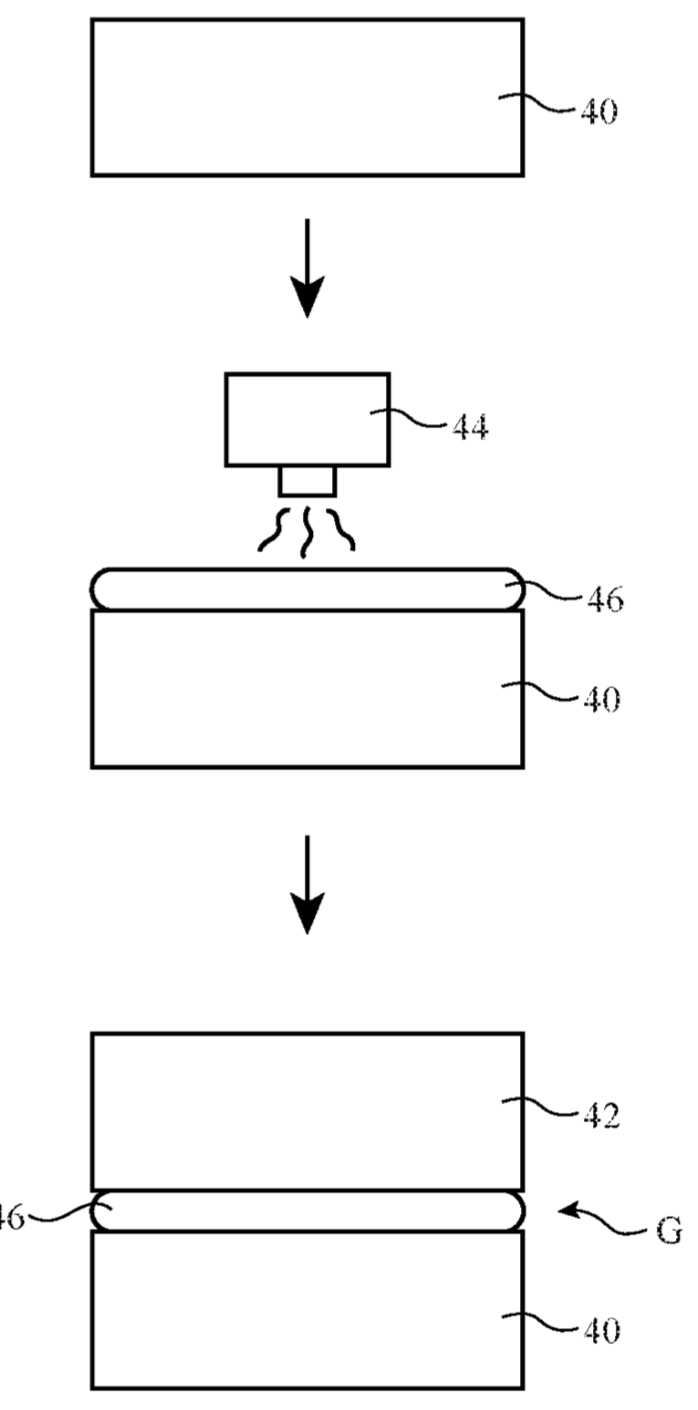Apple has filed for a patent (number 20180077813) for “electronic devices with protective enzymes.” The goal: to makes iPhones, iPads, Macs, and Apple Watches more resistant to sweat and skin oil.
In the patent filing, Apple notes that electronic devices often include polymers. For example, electronic device housing structures, gaskets, adhesives, and other structures may be formed from polymers. If care isn’t taken, these structures may be vulnerable to degradation from environmental contaminants. For example, exposure to fatty acids from human sweat and skin oils can cause polymers to swell and degrade. Apple wants to change this.

Here’s Apple’s (highly technical) summary of the invention: “An electronic device may have polymer structures such as polymer electronic device structures, gaskets for forming seals between display cover layers and housing structures, polymer structures that fill gaps between housing walls, adhesive, adhesive tapes, and other structures with polymer.
“To prevent degradation of the polymer from exposure to fatty acids and other potentially harmful materials, a protective enzyme may be incorporated into one or more of the polymer structures. The protective enzyme may be a lipoxygenase enzyme or other enzyme that degrades harmful substances such as fatty acids and thereby neutralizes the harmful substances and prevents damage to the polymer structures.”
Of course, Apple files for — and is granted — lots of patents by the U.S. Patent & Trademark Office. Many are for inventions that never see the light of day. However, you never can tell which ones will materialize in a real product.



